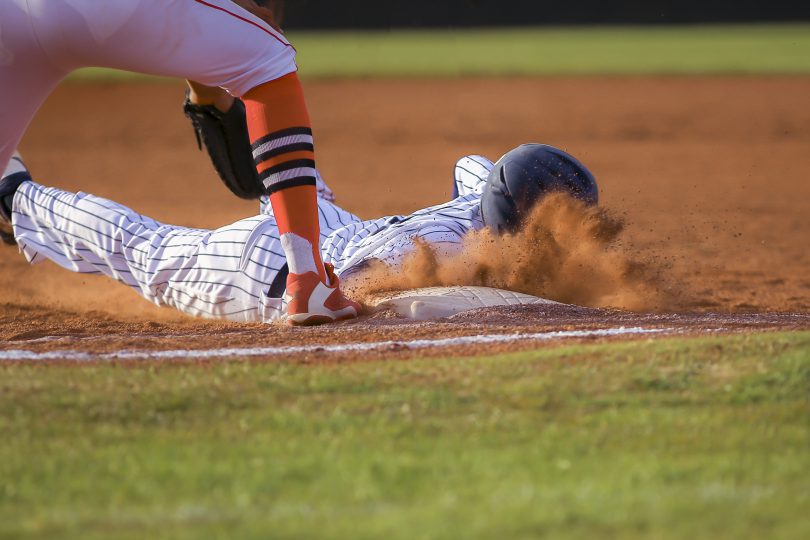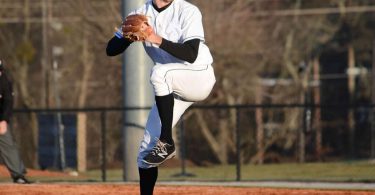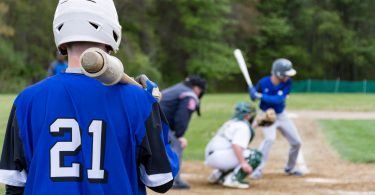The Situation:
There are two outs with no one on base in a 3-3 game. It’s the bottom of the 6th inning. The 7-hole hitter, a lefty, is facing the right-handed starter. The defense is playing straight up.
The Play:
On the first pitch of the at bat, the lefty turns on an outside fastball, hooking it into the 3-4 hole. On contact to the right side, the pitcher initiates his movement towards first base. The first baseman lays out for the hot shot, but it skips over his outstretched glove, hooking towards the right field line. The pitcher stops his route to 1st after seeing the ball head into the outfield. The ball settles in the long outfield grass, coming to a rest. The right fielder gives chase to the ball and the hitter takes an aggressive turn around 1st with his eye on a potential bobble and second base. The first baseman gets to his knees, watching the play develop.
The Outcome:
As the outfielder gathers the ball, the runner takes a big, hard turn. As he moves towards second, the runner realizes a good throw will have him out by too much to risk. He puts on the breaks and skids to a stop a solid 25 feet past first. He briefly faces the outfielder, still holding the ball, before scrambling back to 1st. The outfielder holds onto the ball, looking at the big turn at 1st base and wishing there was someone there for a back pick. He sends the ball into the cutoff man, leaving the runner at 1st.
What Went Wrong:
The hard turn around first and aggressive mindset of the runner was great. The outfielder getting to the ball quickly and holding the runner at first is also a plus. The decision on the part of the pitcher to stop his route to first after the ball goes to the outfield on the other hand, is a mistake. On base hits to right field, especially plays when the first baseman goes after the ball or dives, the attention of the base runner and first base coach is often fixated on the outfield, looking for a bobble or mistake. The diversion of attention provides the perfect opportunity for the pitcher to sneak behind the runner and give the outfielder the opportunity to back pick on a big turn. While the first baseman should try to get back to first, often, they don’t make it back in time.
Had the pitcher been thinking the game, he could have exploited the situation and base runner aggression to his advantage. This is an advanced play, but at the college level it is expected that players not get caught ‘spectating the action’ and fulfill their responsibilities. With nowhere else to go but 1st, that is where the pitcher (and first baseman) need to go. It’s an art, but if the first baseman and pitcher are on the same page, the first baseman can decoy the runner into thinking there is no one on first, allowing the pitcher to tip-toe behind the runner for a back pick opportunity. Now that is thinking the game on a college level!







